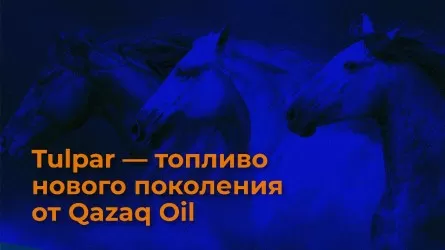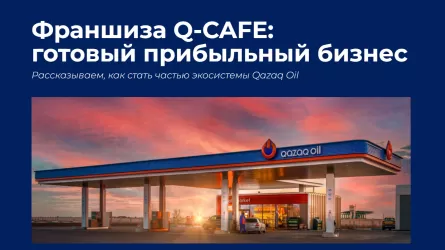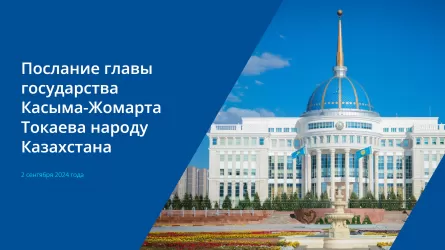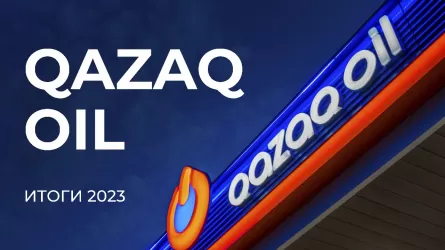The Astana Times - The Asian Development Bank (ADB) has revised its growth forecast for Kazakhstan, projecting a 4.1% rise in 2023 and 4.3% in 2024, up from the 3.7% and 4.1% previously estimated in April. This adjustment, detailed in the Asian Development Outlook (ADO) released on Sept. 20, is attributed to heightened consumption and investment spurred by increased government spending on infrastructure modernization and social programs. The ADO provides insights into economic growth trends in Asia and the Pacific.
“Government-approved petroleum and utility price increases prompt higher inflation projections for both years, but are still on an easing trend. The inflation is projected at 12.7% this year and 7.6% next year, an upward revision from 11.8% and 6.4% forecasted in April, respectively. Escalating trade and investment sanctions on Russia, Kazakhstan’s important trade partner, pose downside risks to the outlook,” the report stated.
Economic activity in Central Asia and Caucasus remained strong in the first half this year driven by domestic demand, though growth slowed in every country except Kazakhstan and Tajikistan, compared to the first half of 2022.
“The upward revision accommodates domestic demand that beat expectations in Armenia, Georgia, Kazakhstan, Tajikistan and Uzbekistan. It reflects robust tourism and migrant flows from Russia, which continue to fuel consumption in Armenia and Georgia; fiscal stimulus in Kazakhstan and Uzbekistan; monetary policy easing in Armenia, Georgia, and Tajikistan, and higher inward money transfers in Georgia and Tajikistan,” the report notes.
According to ADO, inflation accelerated in Kazakhstan but slowed in the other seven countries as import prices stabilized, allowing some easing of monetary policy. Sub-regional inflation is expected to decelerate from 12.9% in 2022 to 10.6% in 2023 and further to 8% in 2024. The outlook remains dependent on external factors, including growth in key trade partners, oil prices, the pace of remittances and private transfers, and inflows of tourists and migrants from Russia.















